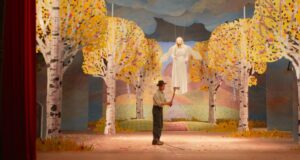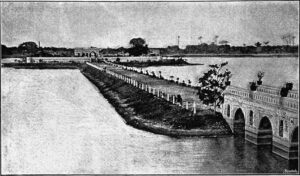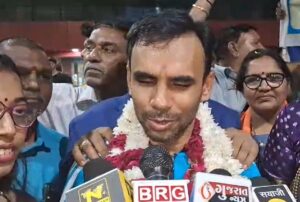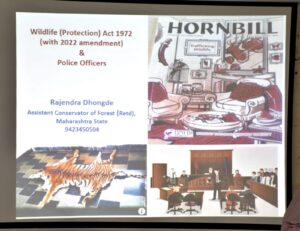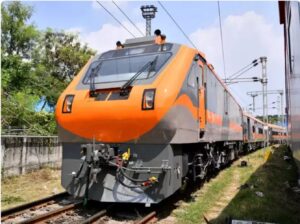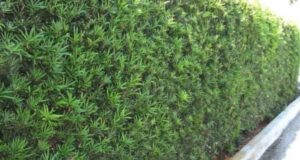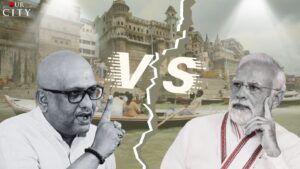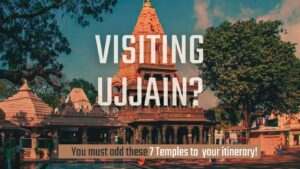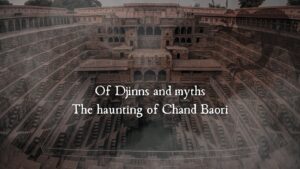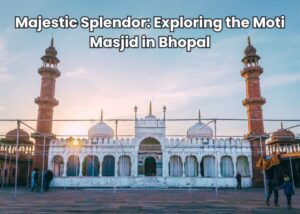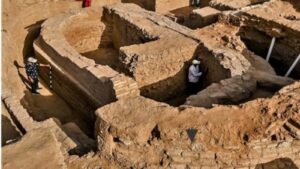–An Article by Poojan Patel
The Vishwamitri Bridge in Vadodara stands as a witness to the city’s rich history, with roots reaching back to ancient settlements along the Vishwamitri River. As the lifeline of Vadodara, this river not only shaped early human habitation but also played a crucial role in the city’s cultural and ecological landscape. Archaeological discoveries reveal a human settlement on the banks of the Vishwamitri River dating back to 1000 B.C. The presence of bronze images in the Baroda Museum from the 5th and 6th centuries A.D. signifies the deep-rooted Jain heritage that once flourished in the town of Ankotacca, known today as Akota. According to historical records, this town was a center for Jainism, leaving an indelible mark on the cultural landscape.
Historical Evolution of Vishwamitri Bridge:
The Vishwamitri Bridge’s history unfolds through various epochs, with its foundations laid by Muzafar II in the 16th century. Mughal improvements between the 16th and 18th centuries marked a significant phase, followed by the Gaekwad reconstruction in the early 1800s after the conquest of Baroda. The bridge, initially constructed from stones and supported by massive arches, once stood witness to expansive ghats on both banks, serving as communal spaces for bathing and washing.
Quoting historical records, “The bridge over the Vishwamitri river, connecting Sayajigunj to Kirti Mandir, carries within its stones the echoes of Muzafar II’s era, the Mughal touch, and the subsequent re-casting by the Gaekwads,” reflects renowned historian Dr. A. Patel.
Symbolic Stone Sculptures:
Malharrao Gaekwad’s commissioning of fish and crocodile sculptures on the ghats adds another layer of historical significance. According to Dr. S. Desai, an archaeologist, “These sculptures served both practical and aesthetic purposes, acting as indicators for potential floods while contributing to the visual appeal of the ghats.”
Kala Ghoda Bridge:
The present-day Kala Ghoda Bridge, concretized to meet contemporary needs, stands as a bridge between the historical past and the bustling present. Its transformation from a stone structure to a concrete bridge reflects the adaptive nature of historical landmarks in the face of changing times.
Chattri: A Regal Memorial:
The ornate Chattri on the eastern side of the Old Bridge, commissioned by Maharaja Sayajirao Gaekwad III in memory of Kashirao Gaekwad, encapsulates the regality and familial homage embedded in Vadodara’s historical fabric. As noted by Dr. R. Sharma, “This Chattri is not merely a memorial; it is a testament to the familial bonds that shaped the city’s rulership.”
The Vishwamitri Bridge emerges not only as a physical connector but as a historical continuum, bridging ancient settlements, cultural heritage, and ecological importance. As we traverse its span, we navigate through the currents of time, learning from the stones, arches, and sculptures that whisper tales of bygone eras. Understanding and preserving this historical monument is vital, as it not only connects the geographical expanse of Vadodara but also binds the city to its roots, ensuring that the river of time flows seamlessly through the Vishwamitri Bridge.






